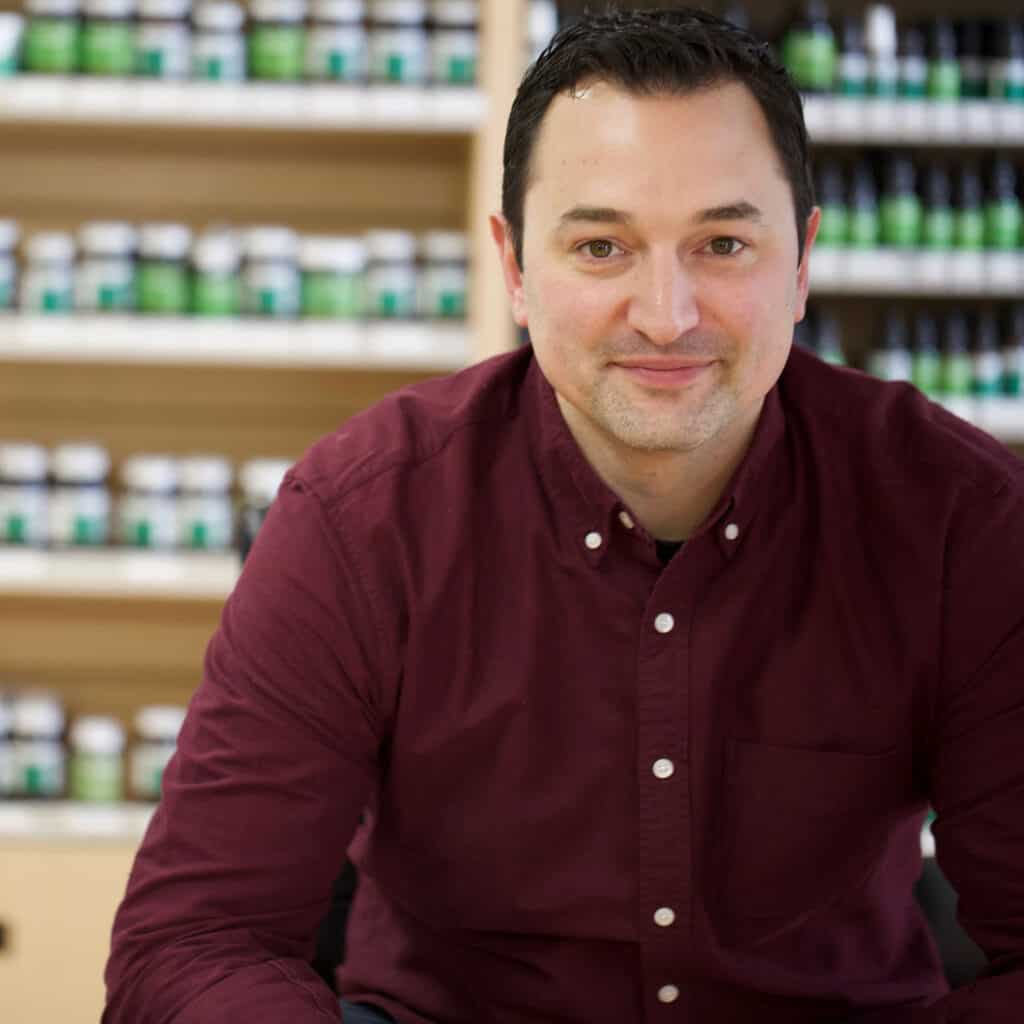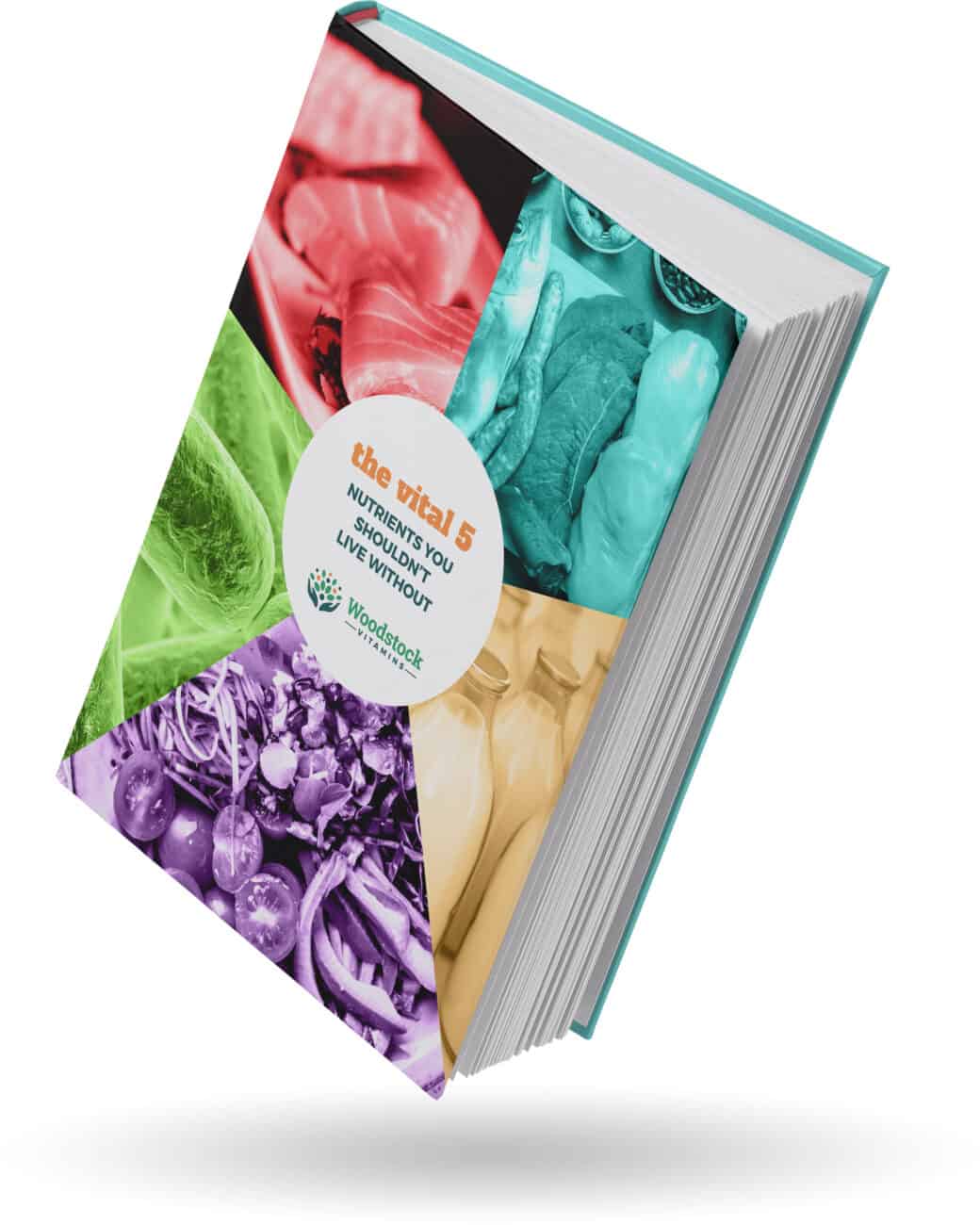Cranberry is a very popular dietary supplement used by millions to support a healthy urinary tract.
That’s what everyone’s supposed to say, legally, but the truth is that people want to use cranberry to treat or prevent urinary tract infections (UTI).
Before we get started, I must interject as a responsible holistic pharmacist: antibiotics treat infections. By not using antibiotics or not, at least, looping in a doctor to a possible infection, and instead using a random supplement that says “cranberry” or “urinary health”, you expose yourself to risks of permanent tract, bladder, or kidney damage. We can mask the symptoms of a serious UTI quite well with over-the-counter options. So please, take note.
That being said, there is some promising data that components found in cranberries CAN reduce urinary tract reinfection rates. These are small studies, but we take what we can get. As long as your physician, you, and your pharmacist/supplement expert are in alignment, I say use a well-made cranberry supplement to support urinary health!
In this article, we’ll teach you what you should know about cranberry. We’ll focus especially on the idea that most cranberry supplements and juices cannot give you the results you seek.
Cran-Berries On The Brain
Recent articles on saw palmetto and elderberry discuss the general properties of berries used in supplements. I’m on a berry kick, yo.
Cranberry is native to North America, and 98% of the world’s supply comes from the northern US and Canada. Here’s a picture of some in case you haven’t left the house in, well, ever:
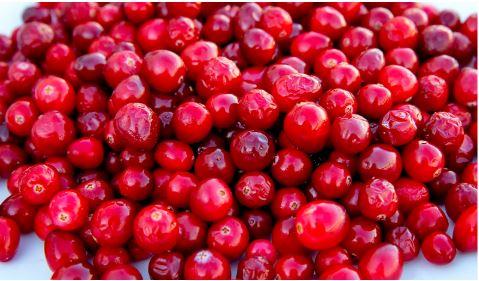
There are two compounds found in cranberry (and technically, many other plants and berries) that support its main use: urinary health. Those two compounds are PACs and d-mannose.
PACs – Proanthocyanidins are compounds found in the cell wall of cranberries and other plants. A specific type (A-type linkage for nerds like me) will stop bacterial cells from “sticking” to the urinary tract, and cranberry is rich in this subtype. PACs work kind of like this:

The slide is the urinary tract, Ralphie is E. Coli, Santa is the cranberry, and Santa’s foot is the PACs.
How’s that for a timely and awesome analogy? I’m proud of that one…
d-Mannose – d-Mannose is a single sugar molecule that’s a kissing cousin to the popular glucose. Unlike PACs, d-mannose doesn’t directly inhibit the sticky lectin “claws” of the bacterial cell. Instead, d-mannose sticks to lectin better than a urinary tract would. The d-mannose surrounds the bacteria (like zinc lozenges do in colds), prevents it from sticking, and down the slide it goes.
It should be noted that d-mannose also has prebiotic activity. It feeds bacteria in the gut, making the healthy microbiome grow and be stronger, edging out the bad or disease-causing bacteria. We’re less certain that it has prebiotic activity in the urinary tract, but it probably does.
I mention the prebiotic function to say that if we’re talking urinary tract health, we can’t forget a well-made probiotic. Probiotic Complete has ample lactobacillus strains that would be required for good urinary tract support. Don’t use cranberry, d-mannose, or even talk about urinary health without the probiotic, a Vital 5 nutrient.
The Cranberry-D-Mannose Secret
The rhetoric is the same all across the blog-o-sphere: “Cranberry has d-mannose, which helps support a healthy urinary tract.”
What everyone fails to mention is that there is no possible way to yield doses of d-mannose needed from cranberries alone. In studies, d-mannose dosed correctly is 10x more effective than cranberries, which shows the discrepancy in d-mannose content.
That means that any cranberry supplement that has high levels of d-mannose (300mg+) is getting it augmented by synthetic d-mannose. This is not a problem, as it is chemically identical. I just believe it is misleading for someone to brag about their product being “all-natural” when it has added d-mannose.
Target Doses of PAC and D-Mannose
I’ve been intentionally avoiding discussing cranberry supplements for the past few sections, but we’ll loop back to them. I think it’s more important we start at the active components and work backward because it illustrates how poor the product options are.
PAC dose recommendations are all over the place. Remember, studies are done on available products, and available products are a mess. It seems that a dose of at least 36 mg PAC daily is required, but some recommend 72mg. The problem is this PAC dose represents the “crude” number, meaning both the effective A-type and ineffective B-types.
Looking at our highly recommended Cranberry-D-Mannose, we see that it contains a minimum of 4% PAC, which means at least (and probably more) 16mg per 2 pills. PAC goes to work in as little as 2 hours, but is completely gone in about 8. You would need 2 pills up to three times daily to receive the PAC benefit. Good thing that’s what I recommend, right?
Here’s the lesson: you must focus on the PAC content of the cranberry supplement. We can’t just buy any product, but instead look deeply at what the product is giving us.
On the d-mannose side, the bigger the better. A pilot study of 1.5 g (1500mg) d-mannose twice daily for 10 days helped resolve infections and a maintenance regimen reduced reinfection. It’s tough to really nail down, but about 1000mg twice daily seems to be the common target dose of most small studies evaluating d-mannose for the prevention of UTIs that keep coming back.
PACs and d-mannose need to be taken at least twice daily to keep a continuous feed available in the urinary tract. We’re less interested in the effects while in the blood, and more worried about the effects after it’s been excreted but before it hits the toilet.
Cranberry Products: PAC Your Bags, We’re Leaving
The Botanical Adulterants Prevention Program has this great chart that I think is important so we can all wrap our head around what exactly we get when we buy a cranberry supplement:
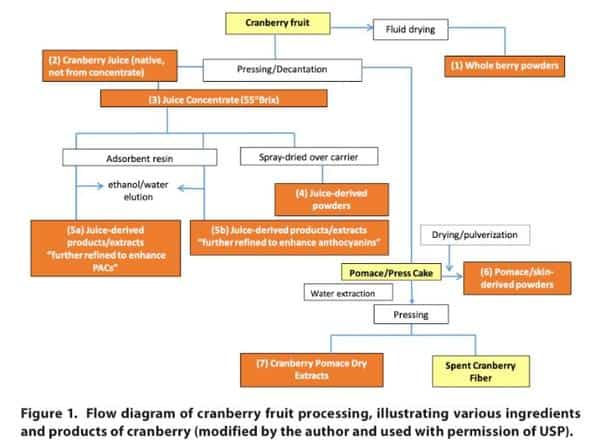
It’s complicated at first glance, but basically it is showing you how we go from fruit (cranberry) to the ingredient found in your cranberry supplement. Put in another format, there are:
- Whole Fruit (the original thing)
- Whole Fruit Powders
- Juices
- Juice Concentrates
- Juice Extracts
- Juice Powders
- Pomace/Dry Extract Powders
This is pretty much the same for all fruit or berry-based products.
“So you mean I have to sort through all that nonsense to determine what’s best?” No.
I was about to put in this beautiful chart that shows approximate PAC content for each of the different types, but here’s the truth: it doesn’t matter.
We can speak academically all day about the “normal” amounts of PACs found in each different type of cranberry supplement, but the products are bootleg garbage, at least a lot of the time. There’s a good chance that even if you used the PAC-rich juice concentrate that it could be completely devoid of PACs, depending upon how it was processed.
Here’s the lesson – focus on PAC and d-mannose amounts in the product. If you can trust the brand is REAL cranberry because they’ve proven it to you, then even better. Those PACs found in a real cranberry supplement are going to be the ideal, effective A-type.
It’s not one (cranberry) or the other (PAC/d-mannose), it’s both.
Now that we’ve set the stage, let’s talk about all the ways our cranberry supplements are lying to us.
Cranberry Supplement Adulteration
Since cranberry is a berry, it will have very similar quality issues that we brought up in our Saw Palmetto and Elderberry articles. Here’s a quick rundown of how this affects cranberry supplements:
- Unripe berries: If you don’t let the plant grow fully, you’ll have less bioactive compounds like the PACs.
- Other berries: Blueberries and bilberries have been used instead of or along with cranberries. They’re cheaper and have similar chemical profiles and colors.
- Over-processed leftovers: Per the American Botanical Council, pomace or dried pressed powders account for about 50% of the cranberry supply yet yield 0.8-1.5% PACs. That’s low.
Supplements are adulterated, normally on purpose because it’s cheaper to lie than it is to do the right thing. For example, a high concentration PAC cranberry juice extract can cost $400-600 per kg, peanut skin that has the same types and amounts of PAC is $10-13 per kg.
Grape skins, pine bark, black bean, and yes, peanut skins are used to adulterate cranberry supplement. I hope you’re not allergic!
Besides this, we have to care about how the cranberries were farmed and processed: GMO, pesticides/herbicides, solvents, heavy metals – all should be minimized and tested to prove there is no risk.
There’s a lot to consider, and most retailers and supplement schleppers are not considering it.
Don’t Wheeze The Cranberry Juice
Who isn’t up for a good Pauley Shore reference, right?

I’ve beat up juice and juicing quite a bit in the past. When we juice, we remove the pulp, fiber, and other important nutrients in favor for some nutrients, water, and sugar.
Let’s be honest, the cranberry juice we buy is red-colored, cranberry-flavored sugar water. Yes, there MAY be some data out there of some cranberry juices helping with urinary health, but I don’t put much stock in them.
Cranberry juice – the real stuff – is quite tart. Most people wouldn’t tolerate it on the regular. To make it appealing, we add high fructose corn syrup, sugar, flavoring, and all the artificial sweeteners we can find.
What happens when we ingest high doses of artificial sweeteners and sugar? Our microbiome kicks you in the mouth. Not really, but the bad bacteria that live in us LOVE to eat that rubbish. This defeats the purpose of using cranberry to begin with.
Cranberry Concerns
Real cranberry isn’t all upside, no downside. If you drink a bunch of it, you’ll have diarrhea and potentially get some kidney stones cooking.
Most worrisome are potential drug interactions. Antacid drugs and warfarin, for example, have been shown to interact with dietary and supplemental cranberry.
Neal’s Quick Dose of Cranberry
Based on the available literature, I believe that using cranberry and d-mannose products is best to keep a urinary tract healthy, which will hopefully reduce frequent urinary tract infections. I don’t believe people should be using cranberry as an antibiotic substitute.
Here’s this article, in a listicle:
- Many cranberry products do not give the proper doses of either PAC nor d-mannose
- Some cranberry products are adulterated with other PAC-rich sources like peanuts, etc
- D-mannose is almost always added from a synthetic source, and that’s ok.
- Shoot for at least 36mg of PACs from cranberry, but some people may need 72mg
- D-mannose should be around 1000mg or more twice daily
- Cranberry-D-Mannose at 2 capsules twice daily accomplishes the goal!
- Use antibiotics to treat infections. Use PAC and d-mannose found in cranberry supplements to keep your urinary tract healthy.
- Don’t forget the probiotic!
Need A Good Supplement? Urine Luck!
To successfully navigate the cranberry supplement space, you must be armed with the knowledge given here today.
First, start at the endpoint. We want A-type PACs, which are found in cranberry. We want d-mannose and a lactobacillus-rich probiotic. We need to take enough; they all should be dosed correctly.
Second, let’s make sure we’re really getting cranberry. Be ready to ask the tough questions, like “are you trying to rip me off and poison me with peanuts?”
I hope the message of this article resonates with you. Supplements are often adulterated in the name of profit. As a result, you’re being exposed to potentially harmful compounds. And the industry will tell you that the choice to trust them is the healthier choice. It can be, but it usually is not.
I’m an advocate for cranberry and d-mannose for urinary health, as any healthcare professional should be. But the industry is deceiving you. It is the proverbial needle-and-the-haystack situation with supplements.
This means you need a Big Mouth in your corner, calling out this nonsense so you can achieve your health goals despite all this deception.
You’ll feel so good, you can do this:
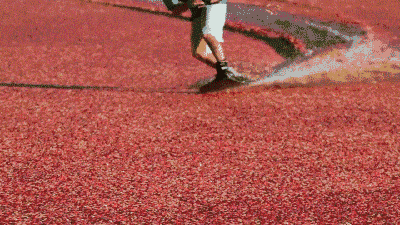
Just trying to keep it real…

Neal Smoller, PharmD
Owner, Pharmacist, Big Mouth


